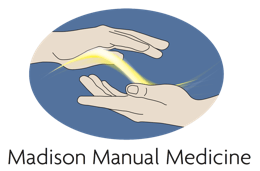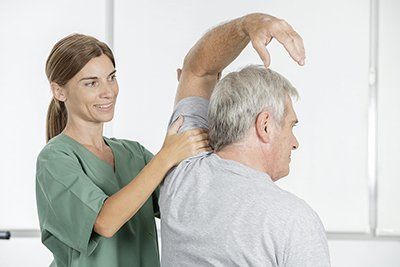
How to Prevent Falls and Slips
As we age fear of falling becomes more realistic. After age 65 there is an approximate one in 5 chance of having a fall related injury. The risk is stratified and the older you are the higher your chances. The US spent $30 billion dollars on direct medical costs of fall related injuries in 2010.
Falls risks result from many issues, some of which are unique to older individuals. Intrinsic factors associated with aging include decreasing visual acuity, decreasing position sense, diminished strength, bone fragility from osteoporosis, and disease states with loss of sensory input such as diabetic neuropathy. Occasionally, there maybe disturbances of inner ear or vestibular function which place an individual at risk of falling. Some of these factors may be modifiable with osteopathic treatment as will be discussed in closing, but the public health message is to cause the older reader to think about their environment and lifestyle choices.
For indoor fall prevention, tripping hazards can be minimized by keeping floors free of clutter, especially on high traffic routes and pathways to light switches. Carpets should be taped or tacked down. Bathtubs should be equipped with non-skid surfaces and non-skid surfaces on stairs also help. Low furniture should not be near high traffic pathways.
Tripping hazards include poor choice of foot wear. Shoes with high heels or with hard smooth leather soles are slipping/tripping hazards, as are socks and slippers without adequate tread or which might fold and get caught or snagged.
As visual acuity falls off an individual needs to increase their amount of ambient lighting. Railings on both sides of stairs and grab bars in bathrooms and tubs give an individual more points to be able to stabilize their body and a chance to catch themselves if they start to fall.
Medications and alcohol alone, and especially in combination, can also put a person at risk for falling. Cardiac medications, high blood pressure medications, sleeping medications, certain antidepressants, muscle relaxants and pain medications may synergistically increase the risk of becoming lightheaded or fainting. Alcohol can cause dizziness or sleepiness, can slow reflexes and response time and can lead to risk taking behavior. It is worth reviewing one’s medications with their physician or pharmacist to see if these risks can be lessened via drug selection or via structured timing of medication dosing.
Aggressive medical management of diabetes is important as that prevents or delays damage to nerve proteins from nerve proteins being poisoned by excess sugar in the bloodstream.
Strengthening and balance practice should be among the goals of an exercise regimen in later years. Tai Chi, a practice of Chinese dance/martial arts forms, has been demonstrated to be effective and reducing the risk of falls. Physical therapy and selective exercises are useful. Practicing balancing on one foot while standing in a corner or next to a hand rail or chair, eventually challenging oneself by closing the eyes if secure, balancing on toes alternating with balancing on heels for 10 seconds at a time, standing in a corner leaning forward and taking the pelvis in a large circle both clockwise and counterclockwise are starting exercises.
With sprains and surgeries nerves are damaged. After injuries scar tissue develops and joints may not be appropriately juxtaposed. This interferes with the information the brain receives regarding position. “Garbage in equals garbage out”; if the incoming messages to the brain are not accurate, the control of the joint will not be accurate as the leg absorbs and reacts to the ground forces. Osteopathic mobilization of the joints and the soft tissues, including scar, can improve the control and range of motion of the lower extremity reducing the chances of recurrent sprains and falls. After concussion, there may be disturbances in the position of the temporal bones in the skull. This can disturb the function of the inner ear which may also impact balance. Disturbances of the facial bones can subtly alter the shape of the orbits which might slightly impair vision. These cranial relationships can often be restored with osteopathic treatment.
Fall prevention is step number one, but finding the health of position sense, vestibular system and eyes is wise to enhance optimum function as we age.
Here are links to further helpful resources:
http://www.cdc.gov/Features/OlderAmericans/
http://www.mayoclinic.org/healthy-living/healthy-aging/in-depth/fall-prevention/art-20047358
http://www.niams.nih.gov/Health_Info/Bone/Osteoporosis/Fracture/prevent_falls_ff.asp


